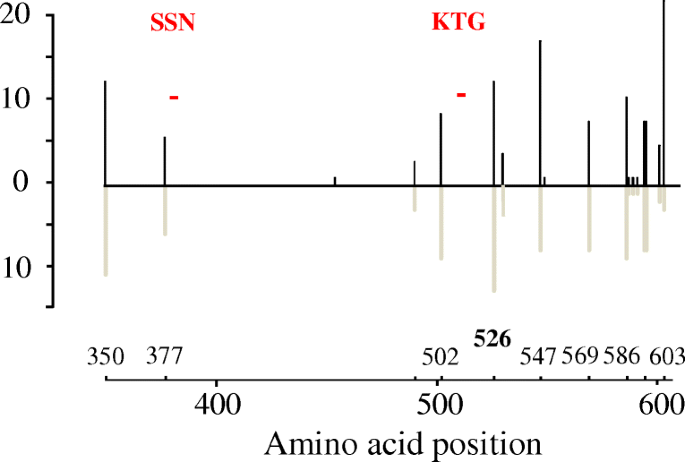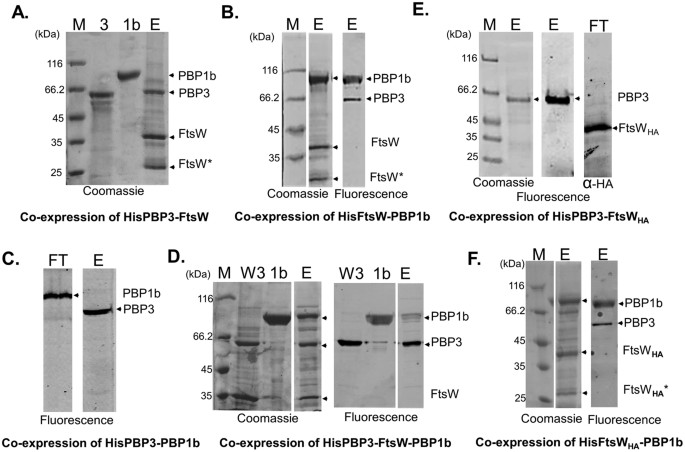

- #Pbp3 supported devices how to#
- #Pbp3 supported devices manual#
- #Pbp3 supported devices pro#
- #Pbp3 supported devices free#
The master receiver transfer is only possible with a Combined Transfer due to the fact that the second address byte can only be transmitted if the RW-Bit of the first address byte is ‘0’. Hence, the start of a master receiver transfer will be the same as a master transmitter transfer followed by a repeated start condition and the first byte of address byte with RW-Bit=’1′ (switching to slave transmitter mode). A master transmitter addresses the slave with two address bytes as described above with the RW-Bit=’0′ followed by data bytes from the master. Thank you again for the effort to bring me up to speed. I have inscribed both of these quotations into my 1955 copy of Terman's great work "Electronic and Radio Engineering" and it is a solemn habit of mine to reflect on his wisdom the first day of every semester ever since.Īny pointers to a really simple introduction to this stuff WITH EXPLANATIONS of why we do something one way or the other would really be appreciated. "Remember, there was a time when you diidn't know ANYTHING about this stuff", and, "If you lose them the first day, you've lost them for the semester." He was correct. If there was a bonehead basic book on this stuff it would be a blessing, but there doesn't appear to be "The LIttle Golden Book of PIC BASIC Programming" for dummies like me.Ĥ0+ years ago when I started teaching EE at the local college, a very wise mentor took me aside and whispered two things into my ear before my very first class. I've tried my best to understand Chuck Hellebuyck and Dogan Ibrahim's fundamental books on programming in PBP and they both suffer from the same fundamental problem - they assume a basic level of knowledge that I just don't have.
#Pbp3 supported devices manual#
Yes, I've read the MEL PBP manual cover to cover.

#Pbp3 supported devices how to#
I know that there are GPIO pins but not a CLUE what TRISIO and TRISA have to do with each other or what they mean or (perhaps even more important) how to use them. clock, but not a CLUE how to write that one line into a MEL BASIC command. I know that bit 7 of the oscillator configuration register needs to be set to 0 for a 4 MHz. I see what they are trying to tell me about the device, but nothing about how to achieve the result. I read all this stuff about a week ago and it didn't mean anything to me then. It obviously took you some time to look all this stuff up and I do appreciate the effort. Thank you very much for posting your reply (ies). And, again WHY and WHERE I should have found this information.

#Pbp3 supported devices free#
free running oscillator with no external components. I also need to know how to set the clock to use the internal 8/4 MHz. I'm wide open to any suggestions as to how to fix it, but I need to know WHY this is wrong and where I should have looked to see what the correct answer is. This is the label given to pin 5 of the 12F609 on the data sheet. Goto mainloop ' Go back to loop and blink LED foreverĮnd As I expected, the compiler barfs on this line <<<<<<<. Low LED ' Turn off LED connected to PORTGP.2

High LED ' Turn on LED connected to PORTGP.2
#Pbp3 supported devices pro#
' Description : PICBASIC PRO program to blink an LED connected OK, I think I'm miss-addressing the output port (called GP2, pin 5 of the 12F609) but I don't know what else to call it.


 0 kommentar(er)
0 kommentar(er)
